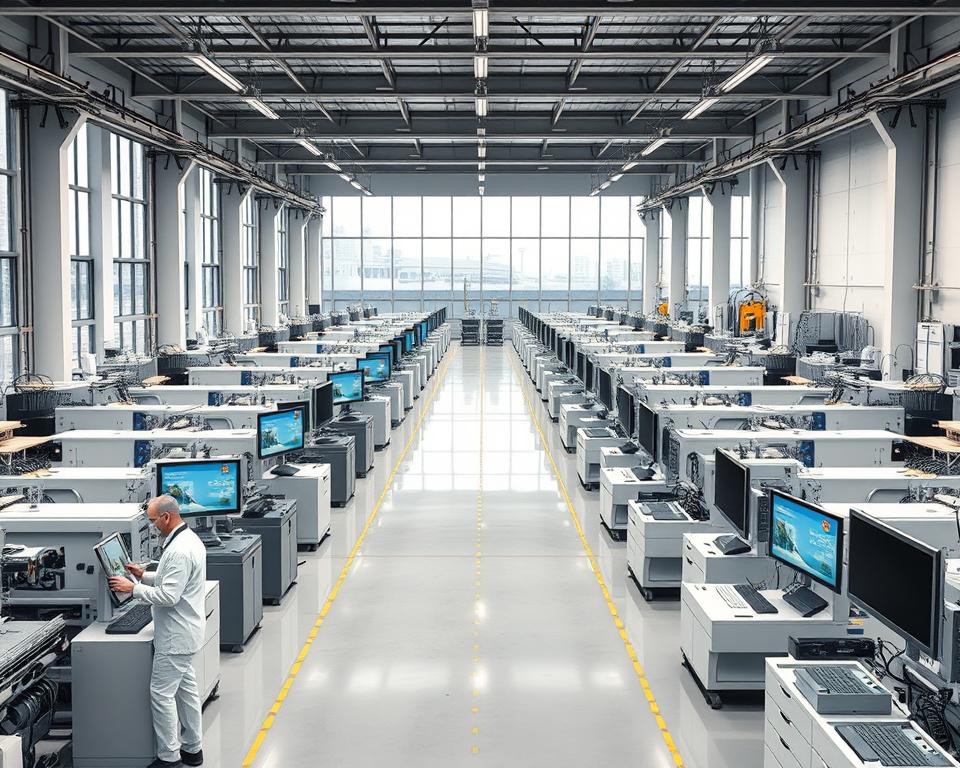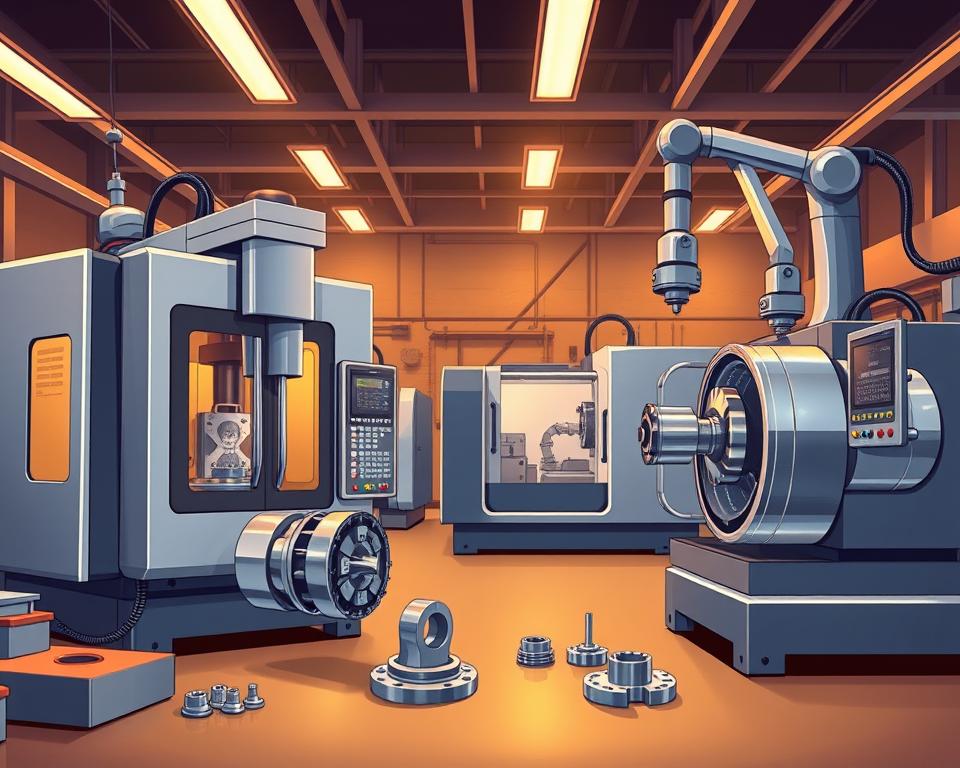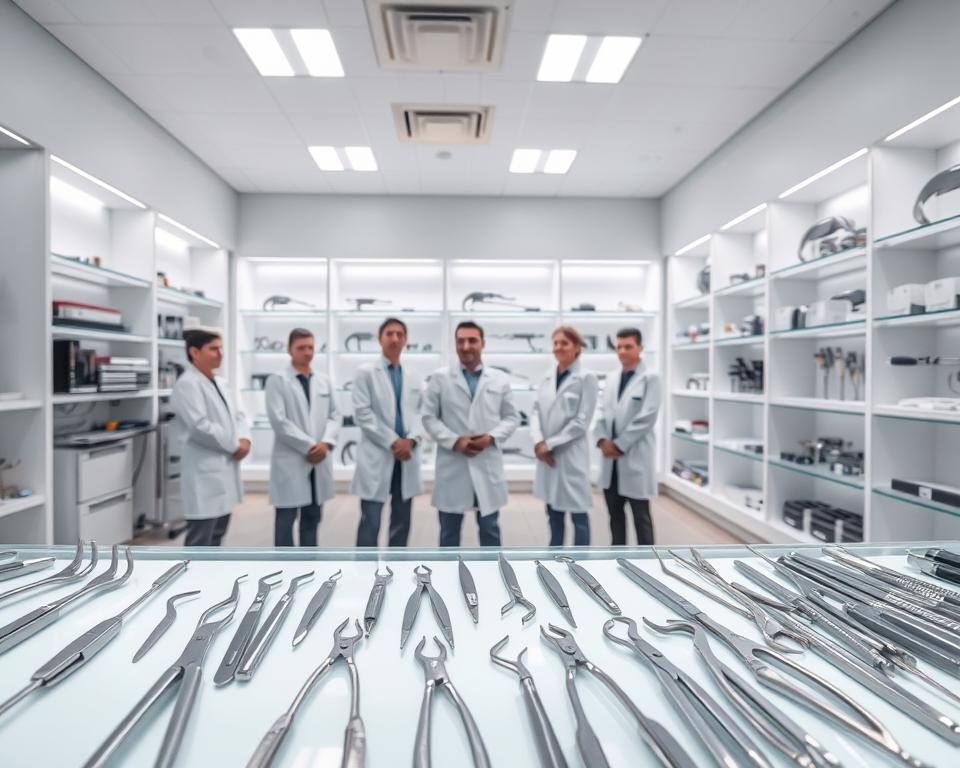AMT’s Cutting-Edge Metal Injection Molding Services in Singapore
Here’s a fact: close to 70% of high-precision medical implants originate from powder metallurgy. That figure underscores how MIM has reshaped the way precision parts are produced. AMT – MIM manufacturing in Singapore brings this approach from powder to part, delivers comprehensive https://amt-mat.com/mim-manufacturing-process to MedTech, automotive, and electronics customers throughout Asia.
Founded in 1990, Advanced Materials Technologies (AMT) brings 30+ years of MIM and additive manufacturing expertise. As a single-source partner, it unifies tooling, MIM, secondary processes, and cleanroom assembly, reducing multi-vendor complexity and compressing time to market.
AMT serves companies that need precise, scalable manufacturing with strict quality controls, combining established MIM with metal 3D printing and rapid prototyping. This streamlines supply chains and speeds the journey from prototype to full production.
Essential Highlights
- AMT leverages over 30 years of Singapore-based MIM expertise.
- MIM enables complex, high-tolerance parts at volume for MedTech and broader industries.
- Integrated tooling, production, and cleanroom assembly are provided by AMT.
- Combining MIM and metal AM speeds prototyping and time-to-market.
- A single-source model trims lead time, cost, and supplier coordination.

AMT Overview and MIM Track Record
Since 1990, AMT has delivered complex manufacturing solutions known for precision and consistency in metal and ceramic technologies. Its MIM programs have supported growth in medical, automotive, and industrial markets.
Headquartered at 3 Tuas Lane, Singapore, with facilities in Singapore, Malaysia, and China, acting as a gateway into Asia’s supply networks for global clients. This footprint speeds prototype-to-production transitions and simplifies cross-border logistics.
Company background and history
AMT started in precision engineering with early investments in tooling and sintering. Today, those foundations enable end-to-end MIM and cleanroom assembly for medical devices.
Regional positioning
Singapore serves as AMT’s strategic base for export-oriented, quality-controlled manufacturing, with Malaysia and China expanding capacity and mitigating risk. This regional network shortens lead times and supports market entry into Asia.
Business units: AMT MIM, AMT Medical, AMT Precision, AMT 3D
- AMT MIM focuses on advanced injection molding, fine features, and stable quality.
- AMT Medical delivers device manufacturing and assembly, including cleanroom and sterilization support.
- AMT Precision supplies ultra-precision tooling and machining with high accuracy.
- AMT 3D employs metal 3D printing for design validation and low-volume builds.
AMT focuses on integrated contract manufacturing from design to final assembly. That breadth reinforces AMT’s regional and global standing in MIM.
AMT MIM Focus
AMT targets small, intricate components with tight dimensional control and consistent quality, ideal for medical, automotive, and electronics applications.
Core Metal Injection Molding capabilities
AMT produces geometries difficult or impossible via subtractive machining, such as ultra-thin walls, micro-ribs, and internal channels. The workflow spans feedstock preparation, precision molding, debinding, and sintering, backed by rigorous inspection at each stage.
Range of part sizes, complexities, and volumes
From micro-scale components to parts exceeding 4 inches, AMT has coverage, serving prototypes through high-volume programs (e.g., 200,000+ surgical components).
Why choose MIM over machining
By consolidating assemblies into one part, MIM cuts assembly time and boosts reliability. It also minimizes waste in expensive alloys, lowering total cost. High density and strength, plus tailored magnetic, corrosion, and thermal performance, make MIM ideal for complex features and thin sections.
AMT Materials Portfolio
AMT’s portfolio spans carbon and stainless steels, low-expansion alloys, tungsten and copper, and superalloys such as Inconel, F75, MP35N, and Nimonic 90. Custom alloy development is available to match program requirements.
Material options
Low-alloy and carbon steels support structural applications, stainless grades deliver corrosion resistance, while tungsten and copper address density and conductivity.
Superalloys offer high-temperature and creep resistance, benefiting aerospace and medical applications.
Custom feedstock formulation
AMT tunes powder, binder, and process windows to project needs, evaluating morphology, flow, and debinding to achieve strength, magnetic, and thermal targets.
Material properties achieved
The result is dense, reliable parts with tuned tensile, magnetic, and thermal properties. Alloy choice and heat treatment refine corrosion resistance and long-term durability.
Testing and consistency
Microscopy, density, and mechanical tests validate every batch to specification and standards.
Application guidance
AMT engineers help choose between carbon steels, stainless, tungsten, superalloys, or custom mixes, balancing cost, manufacturability, and lifecycle performance.
Innovative MIM Process Technologies and Applications
AMT’s process toolbox widens design and assembly options, achieving fewer parts and tighter accuracy for small and large runs alike.
In-Coring® creates internal channels and cavities in one piece, eliminating multi-part joins for items like gas blocks and SCR nozzles.
Bi-material integration combines dissimilar metals (e.g., magnetic with non-magnetic, hard with ductile), enabling features like integrated magnetic tips on surgical instruments.
Thin-wall capability with warp control supports slim housings and delicate surgical tools.
AMT has received MPIF Grand Prizes and EPMA recognition for its innovations, including complex In-Coring® parts used in automotive and analytical applications.
High-volume medical output spans robotic-surgery and disposable instruments (200,000+ per month), while large hermetic Kovar housings showcase leak-tight precision assemblies.
Key strengths, materials, and applications are summarized below.
| Process Strength | Typical Materials | Representative Applications |
|---|---|---|
| In-Coring® internal channels | Stainless steels, superalloys, Kovar | SCR nozzles, gas chromatography flow blocks |
| Bi-material integration | Magnetic & non-magnetic steels, copper alloys | Integrated magnetic retention; hybrid instrument tips |
| Thin-walls (<0.3 mm) | Stainless; copper; tungsten blends | Hermetic housings; thin surgical clamps; precision shims |
These methods help designers simplify parts, reduce cost, and improve performance. AMT continues to refine its toolkit to reliably produce complex geometries.
Integrated Manufacturing Services from Design to Assembly
AMT connects early DFM reviews through final assembly, working with OEMs in Singapore to evaluate manufacturability and cost. This approach shortens validation cycles and time to market.
Design for Manufacturing and mold flow simulation support
Mold-flow simulation predicts filling behavior, cutting defects and validation time.
In-house mold development and ultra-precision tooling
In-house tooling speeds schedules and achieves walls near 80 microns for micro-features.
Secondary Ops: CNC, Heat Treat, Plating, Finishing, Cleanroom
AMT executes many secondary ops in-house and via qualified partners, including complex CNC machining.
Heat treatment improves durability; surface finishes meet functional and aesthetic goals.
Plating options include nickel, gold, and silver for corrosion and electrical performance.
Cleanroom assembly and sterilization readiness support regulated builds; robots aid handling and inspection.
Additive & Rapid Prototyping at AMT
By pairing MIM with additive, AMT accelerates development, leveraging AMT 3D to validate design and function before scaling.
AMT 3D metal printing capabilities and material compatibility
Stainless, nickel superalloys, copper alloys, and tool steels are printable for prototypes and short runs under AMT 3D.
How rapid prototyping accelerates development and validation
Lead times shrink from weeks to days, enabling earlier functional testing and risk reduction before ramp.
Hybrid MIM + Metal AM
Metal AM suits complex geometries, low volumes, and tooling trials, with MIM providing cost-efficient volume production at tight tolerances.
| Use Case | Best Fit | Key Benefit |
|---|---|---|
| Medical device prototype | AMT 3D metal printing | Rapid validation; biocompatible alloy trials |
| Tooling and mold trials | Metal AM inserts → MIM scale | Reduced lead time; validated tool performance |
| Complex low-volume part | Metal 3D printing | Design freedom; no tooling cost |
| High-volume precision component | MIM production | Low unit cost with tight tolerances |
| Hybrid run | AMT 3D + MIM | Scalable path prototype → mass production |
Quality Framework and Metrology
AMT’s quality system focuses on medical and automotive production, meeting ISO 13485 for medical devices and ISO 9001, with practices aligned to ISO/TS 16949.
Certifications & auditability
Controlled procedures cover incoming materials, process validation, and final acceptance, with traceable records for heat treatment, sintering, and sterilization.
Inspection and metrology capability
In-house QC labs support magnetic testing and environmental evaluations to assess part quality thoroughly.
Statistical controls and process stability
Statistical controls monitor production, highlighting drifts for quick correction.
Medical and regulated-process controls
Cleanroom lines support sterile devices and audit documentation; tests verify physical, chemical, and mechanical metrics.
| Capability | Tools | Objective |
|---|---|---|
| Dimensional | CMM; profile projector | Verify geometry and tolerances |
| Microstructure analysis | SEM, metallography | Assess grain structure, porosity, bonding |
| Process control | SPC systems | Monitor stability across lots |
| Magnetic & environmental testing | Magnetic testers; humidity chambers | Confirm functional performance |
| Materials characterization | Feedstock labs (powder & polymer) | Ensure raw-input consistency |
| Regulated | Cleanroom; sterilization validation | Produce medical devices to standards |
Industries Served and Key Application Sectors
AMT supports Singapore and nearby markets with precise production under regulated supply chains, from small lots to ongoing high-volume programs.
Medical and MedTech components and surgical device production
AMT provides ISO 13485-compliant components for surgical and robotic instruments, with cleanroom assembly and sterilization readiness to ensure safe use.
Automotive, Industrial, Electronics & Consumer
Automotive programs use MIM for sensor rings and cam lobes, industrial users require robust nozzles and armatures, and electronics/consumer products benefit from precision housings and subassemblies.
Examples of high-volume and high-precision use cases
Outputs include 200,000+ surgical components per month, thin-wall parts, complex fluid-management pieces, and large MIM housings built with consistency.
One-Partner Supply Chain Advantages
Unifying tooling, material R&D, MIM, and assembly simplifies vendor management and supplier quality for OEMs.
Early supplier involvement reduces redesign cycles; DFM and mold-flow simulation speed market entry.
Regional sites in Singapore, Malaysia, and China provide proximity to Asian supply chains, shortening transit and easing collaboration.
Integrated services reduce cost and lead time via material optimization and MIM efficiency, and centralized quality/certifications bolster consistency while lowering failure risk.
Reduced handoffs simplify logistics and paperwork, easing customs and stabilizing inventory and cash-flow planning.
Process Optimization and Advanced Manufacturing Technologies
AMT applies simulation and digital tools to ensure repeatable outcomes and predictable material behavior, accelerating prototype-to-scale transitions while reducing waste.
AMT-MIM process optimization begins with mold-flow and materials analysis to spot fill/shrink risks, followed by lab validation of sintering shrinkage and properties, and SPC fine-tuning for dimensional control.
Robotics and automation improve throughput and reliability, reducing human error during molding, debinding, and sintering handoffs, while speeding assembly and inspection with traceability.
Metal 3D printing investment supports rapid iteration on complex parts that later scale via MIM, expanding options in healthcare and aerospace.
| Focus Area | Practice | Measured Outcome |
|---|---|---|
| Process simulation | Mold-flow & sintering models | Lower defects; predictable shrinkage |
| Materials R&D | Feedstock tuning and mechanical testing | Consistent density/strength |
| Automation | Robotic handling and assembly | Higher throughput and repeatability |
| Quality | SPC; CMM feedback | Reduced rejects; faster root-cause fixes |
| Hybrid | MIM + metal 3D printing | Rapid prototyping to scalable parts |
Operationally, continuous improvement is driven by measured data and cross-functional feedback, enabling reliable scale-up of innovative processes.
Automation trims manual work yet keeps flexibility for custom orders, and integrated supplier collaboration prevents bottlenecks during volume ramps in Singapore and beyond.
Bringing It All Together
With 30+ years in AMT – MIM, AMT adds materials R&D, in-house tooling, In-Coring®, and cleanroom assembly to scale quickly from prototype to volume.
Certifications such as ISO 13485 and ISO 9001, together with QC tools like CMM, SEM, and metallography, underpin quality for medical and automotive programs. AMT also blends metal 3D printing with MIM to speed prototyping and improve build efficiency for complex, tight-tolerance parts.
For teams seeking a one-stop contract manufacturing partner, AMT offers design validation through full production with regional presence in Singapore, Malaysia, and China—helping deliver high quality, cost-efficient results faster.


